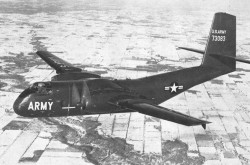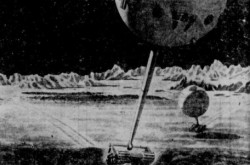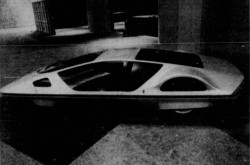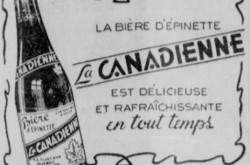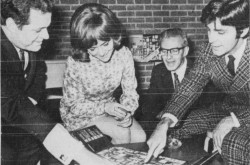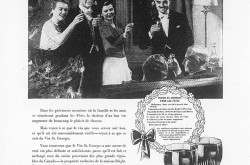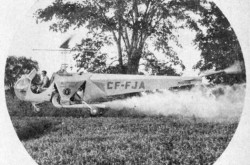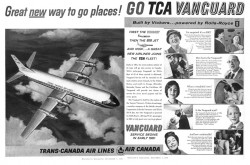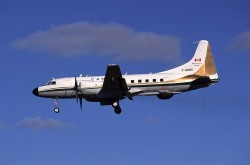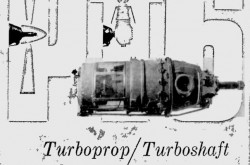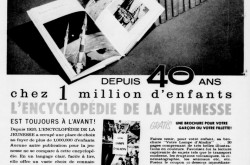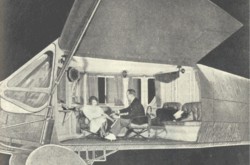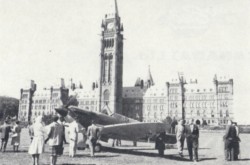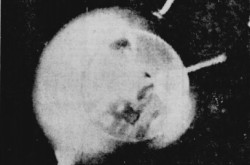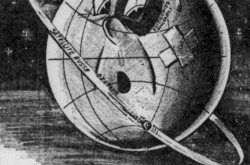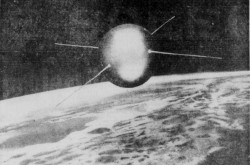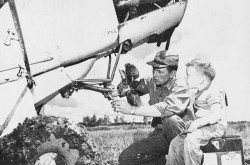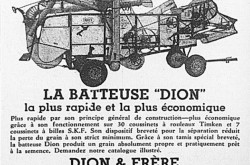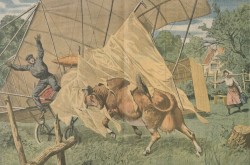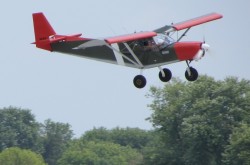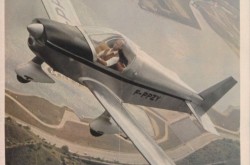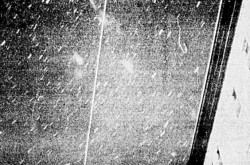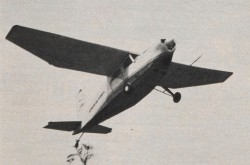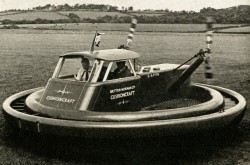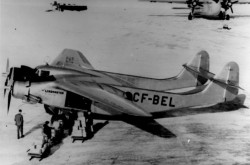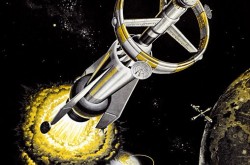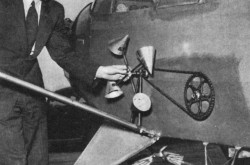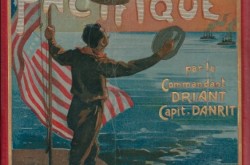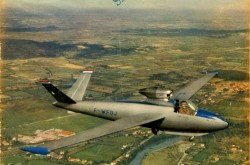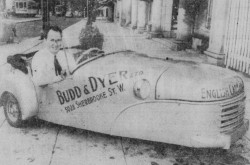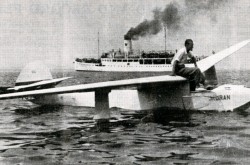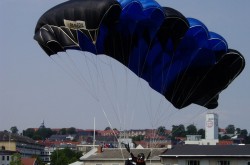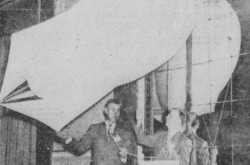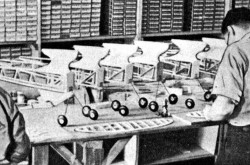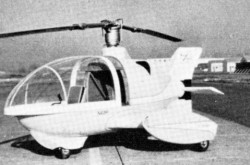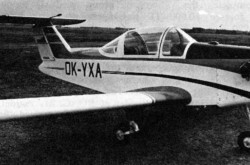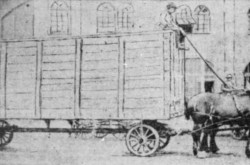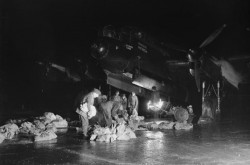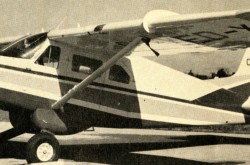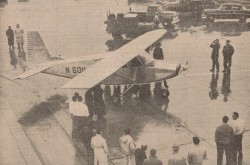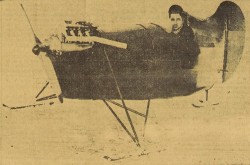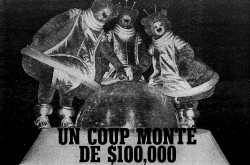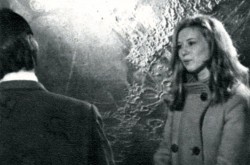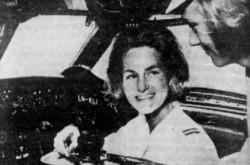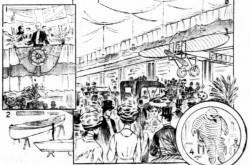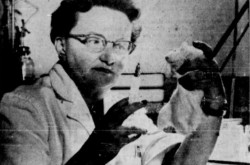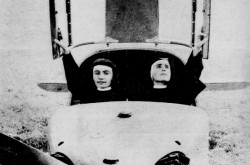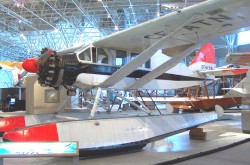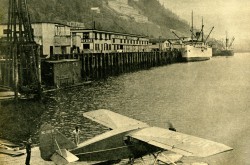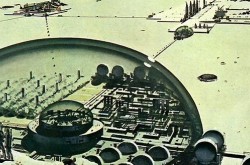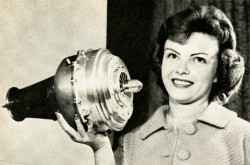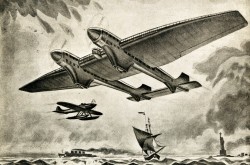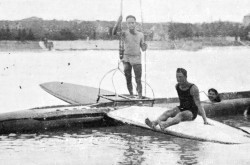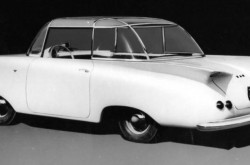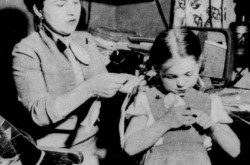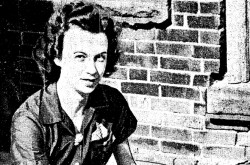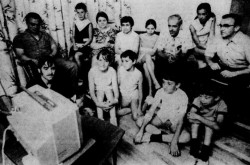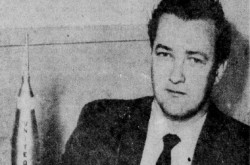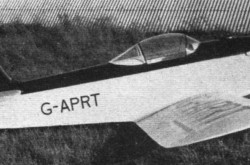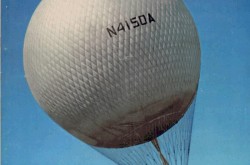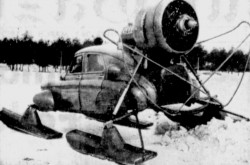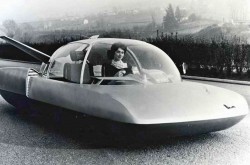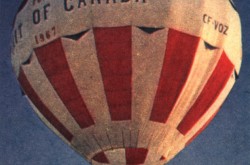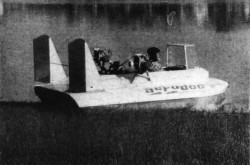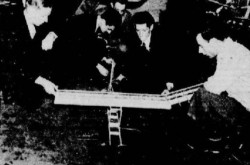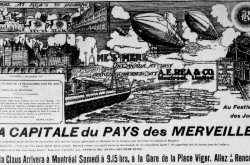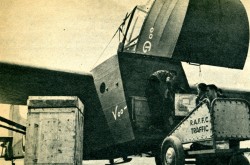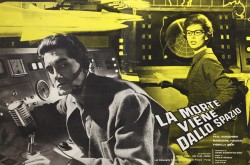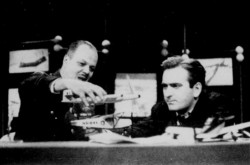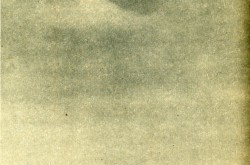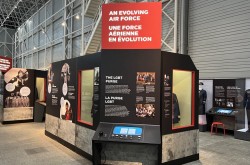To dream, perchance to fly: The saga of the Great Flapper

Five years ago, the Canada Aviation and Space Museum, in Ottawa, Ontario, acquired a priceless flying machine. Yours truly would like to say (type?) a few words, a great many words in fact, on this matter. Are we ready, my reading friend?
One could argue that the saga of the Great Flapper began in March 1941 with the birth of James Duncan DeLaurier, in Michigan. As a child, DeLaurier had read about Leonardo da Vinci, the first person to seriously look into ornithopter design, and dreamt of taking to the sky in a human-powered machine of this type. Indeed, he had built ornithopters powered by rubber bands during the mid to late 1950s.
Would you believe that the Canada Science and Technology Museum, in Ottawa, is hosting an exhibition entitled Leonardo da Vinci – 500 Years of Genius until early September 2019? And yes, this true giant of the Renaissance was mentioned in October 2018, January 2019 and May 2019 issues of our blog / bulletin / thingee. DeLaurier, on the other hand, was mentioned in a January 2018 of that same you know what.
What is it I hear? You do not know what an ornithopter is, my reading friend? Well, it is a type of flying machine whose wings are flapped in order to achieve and maintain flight. One could argue that an ornithopter is a mechanical bird. Isn’t that cool?
It is worth noting that some powered and piloted ornithopters were built, or partly built, during the decades that preceded the first controlled and sustained flights of a powered airplane, made in North Carolina by the Wright brothers on 17 December 1903. As we both know, Orville and Wilbur Wright were mentioned in many issues of our blog / bulletin / thingee since November 2017.
Jacob Friedrich Brodbeck, a school inspector born in the duchy of Württemberg, in what is now Germany, completed a spring-powered ornithopter with an enclosed cockpit in Texas, in 1865 or 1868. According to witnesses, he made a brief flight. The attempt ended in a crash; Brodbeck was not injured.
A quick question if I may. Can you identify a famous Württemberg native mentioned in December 2018 and March 2019 issues of our blog / bulletin / thingee? Count Ferdinand Adolf August Heinrich von Zeppelin, you say? Very good, say I. Equally good is the fact that the father of the rigid airship was mentioned in December 2017, December 2018 and March 2019 issues of our blog / bulletin / thingee.
An English justice of the peace, Edward Purkis Frost, completed an ornithopter with 8 wings in 1891 but was unable to fly it. He completed an ornithopter fitted with a piston engine between 1902 and 1905. It allegedly lifted off the ground at some point. The remains of this ornithopter have been preserved in London, England, by the Science Museum.
Daniel Marion Asbury, a plantation owner, physician, inventor and amateur geologist living in North Carolina, completed a birdlike ornithopter in 1881. A steam engine ran a pair of propellers and foot pedals activated the wings. It looked as if the wings would flap mainly on takeoff, to help the ornithopter get off the ground. Asbury died before it could be tested.
In 1892, an individual and a small company in England completed a piloted ornithopter for Ross Franklin Moore, a retired major who had served in India with the Royal Engineers of the British Army. This tethered machine was fitted with an electric motor linked by cables to a couple of high voltage power lines. Designed for use as a survey or observation platform, it proved unable to fly. And yes, my reading friend, Moore was mentioned in an August 2018 issue of our blog / bulletin / thingee.
In Berlin, famous German aviation pioneer Karl Wilhelm Otto Lilienthal completed an ornithopter in 1894. First tested without its carbon dioxide engine, this flying machine was a failure.
Dr. Abel Hureau de Villeneuve, a distinguished doctor, founding president of the Société végétarienne de Paris (Hello MMcC!) and editor of the monthly magazine L’Aéronaute, the world’s first French language aviation magazine, supervised the construction of an ornithopter in the 1890s, in or near Paris. This flying machine had yet to be completed when he died, in 1898.
William Browning Custead, a telegraph operator / switch operator / dispatcher living in Texas, completed a 6-wing ornithopter powered by a piston engine in 1899. According to witnesses claimed, this tethered machine lifted off more or less vertically for brief periods of time in 1899 and / or 1900. By the way, Custead was a cousin of William Frederick “Buffalo Bill” Cody, a gentleman mentioned in October 2018 and May 2019 issues of our blog / bulletin / thingee.
An Englishman by the name of Reginald Mansfield Balston completed an ornithopter no later than 1900. It never flew.
Around 1900, James W. Clark, an inventor, clock maker and bicycle repairman living in Pennsylvania, completed a tandem wing ornithopter powered by a piston engine. The wings of this machine were covered with turkey feathers. It did not fly, even when reengined, in 1907. This ornithopter, now restored and mostly uncovered, can be admired at the Owl’s Head Transportation Museum, in Owl’s Head, Maine. It may well be the oldest surviving piloted ornithopter in the world.
Many individuals designed and built powered and piloted ornithopters during the years and decades that followed the first flights made by the Wright brothers. As interesting as it would be, a list of these people and machines is not required at this point. Let it be said (typed?), however, that Maurice Vaux of Montréal, Québec, completed a 6 wing ornithopter fitted with a piston engine and propeller in the late summer of 1911. The French-born launderer, painter and plasterer had been fascinated by this idea for quite some time. His ornithopter proved unable to fly.
Are we ready to continue, my reading friend? Wunderbar!
The saga of the Great Flapper hit high gear, so to speak, in 1973 when DeLaurier, by then an engineer with a doctorate from Stanford University, met Jeremy M. “Jerry” Harris, an American engineer with a master’s degree from Ohio State University. At the time, both men were working at the Battelle Memorial Institute, an Ohio-based private applied science and technology development institution. Harris and DeLaurier soon realised they shared an interest in ornithopters. Harris’ interest, for example, grew out of research conducted around 1968, while working on his master’s degree.
Harris and DeLaurier’s work on ornithopters began as a hobby before turning into something very serious. It continued even when DeLaurier joined the faculty of the University of Toronto Institute for Aerospace Studies (UTIAS), in 1974. Even then, the ultimate goal may have been the design, construction and testing of a piloted ornithopter.
The fact that this flying machine and the research associated with it did not have practical applications was not a problem for DeLaurier or Harris. Fundamental research was / is / will be of crucial importance in the development of new technologies. Indeed, one could argue that this research provided some of DeLaurier’s students, a multicultural / multinational group typical of UTIAS’ student body, with a topic for their thesis / theses (Bachelor, Master and Doctoral).
By October 1985, DeLaurier and Harris had designed, built and tested a hand-launched, powered and radio-controlled model. Designed as a 1:4 scale model of a piloted ornithopter, this proof of concept prototype could not perform a sustained flight. DeLaurier and Harris soon launched a detailed research program that led to the design of a much improved model commonly known as Mr. Bill. This unusual moniker was inspired by an amazingly unlucky / accident-prone Play-Doh clown, Mr. Bill, seen in a number of late 1970s episodes of the American television show Saturday Night Live and in several television ads produced from the 1980s onward.
This improved model made the first sustained flights of a powered ornithopter on 4 September 1991, an event recognised by the Fédération Aéronautique Internationale, the Paris-based world governing body for all manners of aeronautical records. These flights, lasting about 1 minute 45 seconds and 2 minutes 45 seconds, made the news all over the world. One might argue that Mr. Bill was the first flapping wing flying machine a lot of people ever heard of.
It should be noted that Mr. Bill was acquired by the Canada Aviation and Space Museum in 2012.
In 1991, a group financed the making of a 1:4 scale model of the piloted ornithopter Harris and DeLaurier wanted to build. This model was made for display at the Exposición Universal de Sevilla 1992, held between April and October of that year to commemorate the 500th anniversary of the arrival in the Americas of Cristobal Colom, an individual better known as Christopher Columbus who did not discover America,
- firstly, because Vikings colonists / invaders, led by Leif Eiríkrsson, son of Eiríkr Thorvaldsson, also known as Eiríkr Rauð, or Eric the Red, 2 individuals were mentioned in October 2018 and July 2019 issue of our blog / bulletin / thingee, set foot on the mainland of the Americas around 1000, and
- secondly, because the First Nations had discovered America thousands of years before Europeans colonised / invaded the continent, a disastrous series of events which led more or less directly to the death of most of the indigenous population.
Once back in Canada, Expothopter, as the model was called, was used by DeLaurier and the team for testing in the 9-metre (29.5 feet) wind tunnel of the National Research Council’s Aerospace Research Centre, in Ottawa. The data gathered during these tests proved useful in later years.
The 1991 model was loaned in 2004 to a couple of members of the Humber Valley Radio Control Flyers, a Toronto area club which flew radio-controlled aircraft. This forgotten ornithopter, as it sometimes called, was run on the ground a few times but never took to the sky. Once fitted with a fuselage that closely resembled that of the Great Flapper, it was put on display at the Chicago, Illinois-based Museum of Science and Industry, and at the National Museum of Science and Technology, in Ottawa – today’s Canada museum of Science and Technology, a sister / brother museum of the Canada Aviation and Space Museum. Sadly, the rear fuselage of the ornithopter was flattened by raccoons that nested in the UTIAS storage space where it was put. These same raccoons also peed on the cardboard box that contained the fuselage.
This model ornithopter still existed as of 2019. It is rebuildable and may well be worth acquiring, at a later date. Just sayin’. But back to our story.
Greatly encouraged by Mr. Bill’s success, DeLaurier and Harris put together a feasibility study for a single seat piloted ornithopter in 1993-94. Construction of this flying machine began in 1995, the very year DeLaurier became a Canadian citizen. Although forced to move away from the project because of the stress it put on him, and by the fact he was living in Ohio, Harris contributed a large sum of money toward the construction of the piloted ornithopter. DeLaurier was able to leverage another large sum of money to complete it.
The piloted ornithopter made its first taxi trial in October 1996, at Downsview Airport, in Toronto, Ontario. Its pilot was Patricia Jones-Bowman, an experienced individual with some bush flying experience. Sadly, the ornithopter proved to be heavier than expected, which reduced its performance. Even so, by November 1998, the British-born pilot was able to make brief hops. The ornithopter was touching down rather hard, however, and the landing gear leg under the nose eventually failed. The team installed a new leg that was slightly shorter, which gave the ornithopter a nose down attitude. This small change increased the load on the vertical struts used as attachment and pivoting points for the flapping wings.
In November 1999, as the ornithopter edged toward take off speed, the vertical strut on the right-side failed. The right flapping wing all but disintegrated and the ornithopter crashed upside down. Jones-Bowman was not injured but the repair / reconstruction work lasted well over a year. The right wing, for example, was rebuilt to an improved standard.
At the time and for more than a decade afterward, the Toronto Aerospace Museum / Canadian Air and Space Museum graciously allowed the team to use a hangar on its site. In exchange, the team readily agreed to put the ornithopter on display during the off season.
Testing began anew in August 2001. Feeling that the team had done all it could with this design and that it was time for a new one, Jones-Bowman left soon after. Indeed, she had already started to build her own ornithopter and wanted to work on it full time. Jones-Bowman has been working on this piloted ornithopter, the Nightingale, ever since. As of March 2020, her plans were to test it during the summer.
Jones-Bowman was replaced by Jack Sanderson. The long-time ultralight / homebuilt airplane enthusiast apparently had to go on a diet to keep the maximum weight of the ornithopter within design parameters. It may have been around that time that the ornithopter became known as the Flapper, a moniker later changed to Great Flapper.
This name was adopted in homage to an American aviation pioneer by the name of Samuel Pierpont Langley. This astronomer, physicist and Secretary of the Washington-based Smithsonian Institution began to develop a series of powered model airplanes, or aerodromes, in 1891. His first successful design, Aerodrome No. 5, flew more about 1 000 metres (about 3 300 feet) in May 1896 while Aerodrome No. 6 covered a distance of about 1 450 metres (about 4 750 feet) in November. Both models had been catapulted from the roof of a houseboat moored on the Potomac River.
In 1898, the United States Department of War provided Langley with what was then a large sum of money to build a piloted version of his flying machine. This was the first aircraft contract signed by the American government. Aerodrome A or Great Aerodrome was first catapulted off the roof of a larger houseboat in early October 1903. It fell in the water almost immediately. The pilot and builder of the airplane’s very advanced piston engine, Charles Matthews Manly, was not injured. The Great Aerodrome was catapulted a second time, in early December. It pitched up, broke apart and fell in the water. Manly was briefly trapped in the wreckage. Ridiculed by the press and by members of Congress, Langley was unable to obtain additional funding.
And yes, that same December 1903, the aforementioned Wright brothers made their historic flights.
The restored Aerodrome No.5 is on display at the National Air and Space Museum (NASM), one of the great museums of the Smithsonian Institution, as is the 1903 Wright Flyer. The restored Great Aerodrome, on the other hand, is on display in Chantilly, Virginia, at the Steven F. Udvar-Hazy Center of the NASM.
The Great Aerodrome and the Flyer were at the centre of a nasty dispute that pitted Orville Wright against the Smithsonian Institution. When the latter put the Great Aerodrome on display, in 1918, with a sign saying that it was the first piloted airplane capable of flight, Wright’s anger was such that he refused to donate the Flyer to this world famous institution. Indeed, he loaned this historic airplane to the London-based South Kensington Museum, today’s Science Museum, in 1928. The Smithsonian Institution backed down only in 1942. The Flyer first went on display in the United States in 1948.
DeLaurier identified with Langley because of the academic nature of his many years of aeronautical research. He also identified with his attempt to apply his work with models to the construction of a piloted airplane. But back to our story.
By 2001, the ornithopter team has realised that the wings of the Great Flapper were not quite large enough to produce the lift necessary to achieve the sustained flight it was striving for, i.e. 11 or so seconds in the air. It designed a pair of stub wings that fitted at the ends of the wing-like structure that supported the vertical struts used as attachment and pivoting points for the flapping wings. The modified ornithopter was ready to resume testing by August 2002. Trials continued until the third quarter of the year when a weld in one of the landing gear legs failed during a test run. A lack of funding and the time needed to redesign and rebuild the landing gear grounded the team until the spring of 2004. It used part of this time to design larger flapping wings but was unable to find the money needed to pay for their construction.
Around that time, DeLaurier discussed the possibility of commemorating the contribution made by the aforementioned da Vinci to the early development of ornithopters by taking the Great Flapper to the site of the XX Olympic Winter Games held in Turin, Italy, in February 2006, and fly it there. Some interest was expressed but not enough to bring this fascinating idea to fruition
DeLaurier and the team knew only too well that the pounding the landing gear of the Great Flapper took when the flapping wings moved at their maximum frequency, during high speed runs and take off attempts, could cause damage or an accident. This being said, they did not quite know what to do. One day, DeLaurier came across a few miniature jet engines while visiting a hobby shop. He wondered if a few of these could provide the power needed to solve the team’s problem. Such a grouping proved unnecessary as that the maker of the jet engines, a Dutch company by the name of AMT Netherlands Besloten Vennootschap, produced a tiny engine that would allow the Great Flapper to take off with its flapping wings moving at a relatively low frequency. Once airborne, the aforementioned Sanderson would shut down said jet engine and increase the flapping frequency of the wings.
Buying an engine pretty much emptied the team’s coffers. Attaching the jet engine to the Great Flapper and installing the various peripherals, from the control wiring to the propane fuel tank, proved to be relatively straightforward. The modified ornithopter underwent a successful static test in late 2004.
The first test run took place in mid-July 2005, after some tweaking in May and June. Further tweaking followed. Another test run was done in early August. An attempt to achieve sustained flight later in the year came to naught as a result of ignition difficulties. You see, an electromagnetic interference produced by the piston engine that activated the flapping wings interfered with the electronic control module of the jet engine. As the team tried to counter this problem, bad weather set in. The 2005 season ended before testing could resume. As the winter of 2005-06 proceeded, the team developed and installed a new ignition system and, possibly, some sort of electromagnetic shielding.
Testing of the Great Flapper restarted on 6 July 2006. Sanderson took advantage of the perfect weather conditions to perform a series of test runs. As he got used to the added power of the jet engine, the Great Flapper’s pilot was able to go faster and faster. On his 6th run, Sanderson got the right combination of speed and control. The Great Flapper became airborne. After 10 seconds, as Sanderson prepared to shut down the jet engine, the trailing edge of the left wing, which had not been improved as a result of the 1999 crash, buckled and jammed. The ornithopter began to wobble. Sanderson tried to correct but was only partly successful. He landed before things got out of hand. The landing gear leg under the nose suffered some damage on touchdown. Even so, the Great Flapper had managed to cover a distance of about 300 metres (1 000 feet), at a height of about 1 metre (3 feet). It had remained aloft 17 seconds, the longest time ever achieved by a piloted powered ornithopter. The team spent the rest of 2006 repairing the Great Flapper. The trailing edge of both wings was reinforced, for example.
Interestingly enough, the year 2006 saw the launch of another ornithopter project at UTIAS. Todd Reichert, one of DeLaurier’s doctoral students, began to work on a human-powered ornithopter as part of his dissertation research. Thus was born Snowbird. DeLaurier, who retired during that summer and became a professor emeritus, was very pleased with this development. It should be noted that this human-powered ornithopter was acquired by the Canada Aviation and Space Museum in 2012.
It should be noted at this point in our article that the Great Flapper project was assisted by 16 or more sponsors, including
- the University of Toronto,
- the Toronto Aerospace Museum / Canadian Air and Space Museum,
- the National Research Council of Canada, and
- the Kenneth M. Molson Foundation.
The late Kenneth Meredith “Ken” Molson was the founding curator of the National Aviation Museum, the direct ancestor of the Canada Aviation and Space Museum. This gentleman was mentioned in a July 2018 issue of our blog / bulletin / thingee.
The hopes of the Great Flapper team that the 2007 season would be the best ever suffered a blow when the ornithopter began to exhibit a jerky behaviour. The forward fuselage and the landing gear leg under the nose suffered some damaged. A detailed inspection led to the discovery of a slight bend in the nose gear strut, an unseen consequence of the damage suffered in July 2006. The team rebuilt the nose gear and reinforced it. It also installed a wider tire.
Testing began anew in 2008. Sadly, the Great Flapper continued to misbehave. It was as if the brakes were being applied. The ornithopter was damaged yet again. The team eventually discovered that every time the front tire hit the ground, its sidewalls touched the metal fork that supported it. This friction caused the brake-like action. The time needed to make repairs and various other issues grounded the team until 2009, and quite late in the season at that.
By then, there had been numerous changes to the membership of the team. The new people were not as experienced as their predecessors. As a result, it proved all but impossible to start the piston engine that activated the flapping wings. The fuel strainer, the device that prevented contaminants like water and particles from entering the engine, was also damaged on what turned out to be the last good day of the 2009 season.
At some point around that time, DeLaurier contacted a few people to see if they would be interested in producing a documentary detailing the history of the aforementioned Snowbird project. Sheona McDonald, co-founder of Vancouver, British Columbia-based Dimestore Productions Incorporated, and Adam Liley, founder of Halifax, Nova Scotia-based 35.5 Entertainment Incorporated, were suitably intrigued. They recorded the entire project, from its theoretical beginnings to its world famous 19.3 second flight of 2 August 2010 – the first ever controlled and sustained flight made by a human-powered ornithopter. This event, which created a media buzz all over the world, was recognised by the aforementioned Fédération Aéronautique Internationale. The documentary film McDonald and Liley co-produced was entitled When Dreams Take Flight. It was first broadcast in November 2011, on documentary Channel, a specialty channel owned by the Canadian Broadcasting Corporation.
McDonald and Liley also wanted to film the Great Flapper. DeLaurier and the team were more than happy to accommodate them. Sanderson made 3 high speed runs on a fine weather day in the summer of 2010 but was unable to take off. Indeed, the front fuselage of the ornithopter was slightly damaged during the 3rd run.
By then, DeLaurier was pretty much ready to permanently end testing and donate the Great Flapper to the Canadian Air and Space Museum, as a gesture of thanks for all its help over the years. After all, the airframe of the ornithopter was not getting any younger. In any case, it seemed clear that its jet engine was not quite powerful enough to allow the ornithopter to take off with its flapping wings moving at a relatively low frequency. A look at the AMT Netherlands website, however, revealed that the company had developed a new and more powerful jet engine. Buying one of these pretty much emptied the team’s coffers. Even though this engine arrived in 2010, the good weather had come and gone by the time it was installed on the Great Flapper.
The first run with the new engine took place in July 2011. Erring on the side of caution, Sanderson did not try to take off when he first started the ornithopter. Even so, the Great Flapper’s acceleration was such that the driver of the chase car could barely keep up. Sanderson attempted to take off on his 2nd run. The wings flapped too slowly, however, which created some pretty preoccupying instability. During his 3rd run, Sanderson pushed the piston engine that activated the flapping wings a bit more. The Great Flapper briefly left the ground a few times.
Greatly encouraged, the team hoped that that the 4th run would be it. As the jet engine was fired up, it coughed a fireball. Someone instantly grabbed a dry chemical fire extinguisher to douse the flames, thus covering the whole engine with goo that soon turned into a hard crust. The jet engine was quickly shipped to AMT Netherlands for repairs. As luck would have it, the Dutch school summer holidays ran, and still run, between early July and mid-August. As a result, the repaired jet engine came back to only in September.
Once re-installed on the ornithopter, it performed beautifully. The 20+ year old piston engine that operated the flapping wings, on the other hand, refused to start. Somewhat alarmed, the team began to check what could be wrong. An engine designer from Western Canada provided some assistance. There was much relief when the problem turned out to be a clogged filter screen in the carburettor. Cleaning it took only a few minutes but many weeks of good weather had been wasted. Indeed, one could argue that the damage to the jet engine closed the door to any hope of seeing the Great Flapper achieve sustained flight by wing flapping alone.
You see, my reading friend, as the summer of 2011 ended, the team learned that the hangar it had been using for almost 15 years, courtesy of the Canadian Air and Space Museum, might not be available much longer. Downsview Park Incorporated (PDP), a self-financing Crown Corporation that reported to Public Works and Government Services Canada, had sent an eviction notice to the museum in September. PDP, it seemed, wanted to build an arena where the museum stood.
The Canadian Air and Space Museum’s board of directors was shocked by the news. It also learned that the heritage designation granted to its building, used in previous years by de Havilland Aircraft of Canada Limited, one of the most significant airplane makers in the history of Canada and a firm mentioned in several issues of our blog / bulletin / thingee since February 2018, had been lost when as the result of the transfer of ownership to PDP. The board vowed to fight the eviction but also tried to find a new home on the same site, at Lester B. Pearson International Airport.
In 2012, as these events unfolded, DeLaurier and the team made a couple of test runs with the jet engine running. The temperature was relatively low and they had problems with the piston engine that activated the flapping wings. A new carburettor found in British Columbia by a team member was soon installed. The testing of the Great Flapper could not resume, however.
Informed that the Canadian Air and Space Museum was shutting down and moving its collection, DeLaurier and a team member had to partly disassemble the ornithopter. Once put into a special storage trailer, the wings and the all-moving horizontal stabiliser / elevator combination of the Great Flapper went to a facility controlled by the museum, or by a board member, located at Lester B. Pearson International Airport. The fuselage, which was still at Downsview, at the museum, would soon be moved there – or so DeLaurier was told at some point.
As of mid-2014, the efforts of the board of the Canadian Air and Space Museum to reopen the institution did not seem to have paid off. In mid-July, DeLaurier was shocked to hear that the fuselage of the Great Flapper was still at Downsview. Worse still, 45 or so leased containers full of archival material, displays, artefacts and dismantled aircraft, including the fuselage of the ornithopter, had to be returned by the end of August. Where all of this material would end up was the $ 64 000 question.
Faced with a crisis, DeLaurier contacted the Canada Aviation and Space Museum in mid-July to see if it could accept the Great Flapper. The board of directors of the Canadian Air and Space Museum was aware of this and made no objection. If truth be told, DeLaurier might have hoped that this unique flying machine would join the national aerospace collection. One of the museum’s previous director generals had actually shown much interest as far back as 2004. The debt DeLaurier owed the Canadian Air and Space Museum for all its help over the years was the only reason he had not offered the Great Flapper to the Canada Aviation and Space Museum years before.
In any event, his July 2014 offer was duly transmitted to the acquisition committee of the museum group to which the Canada Aviation and Space Museum belonged / belongs. The committee agreed in principle that the acquisition of this ornithopter was worth considering. Work on an acquisition proposal began in earnest. An exchange of emails ensued to figure out how the Great Flapper and the archival material detailing its story could be transported to Ottawa, if the committee approved the acquisition of this unique flying machine. It soon did, and the Great Flapper, the most successful powered and piloted ornithopter ever made, arrived at the Canada Aviation and Space Museum not too long after that.
The author of these lines wishes to thank all the people who provided information. Any mistake contained in this article is my fault, not theirs.
Ta ta for now.
















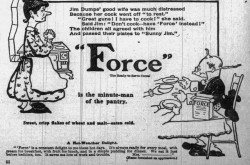
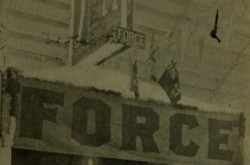
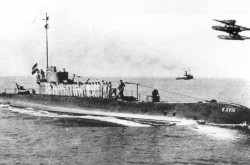
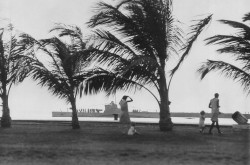
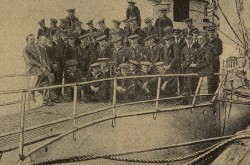
![A block of photographs showing some of the people involved in the bombing of beluga whales in the estuary and gulf of the St. Lawrence River. Anon., “La chasse aux marsouins [sic]. » Le Devoir, 15 August 1929, 6.](/sites/default/files/styles/thumbnail_7/public/2024-09/Le%20Devoir%2015%20aout%201929%20page%206.jpg?h=584f1d27&itok=TppdLItg)
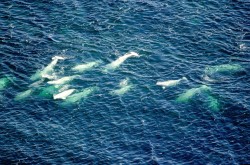
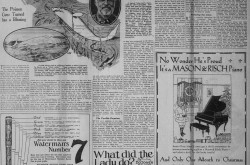

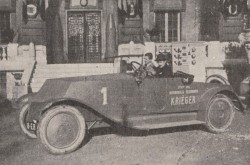
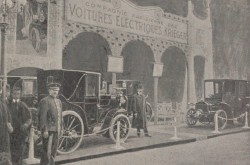
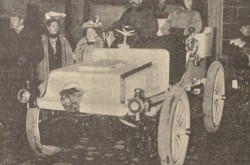
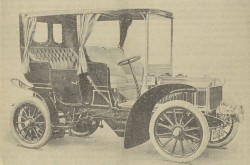

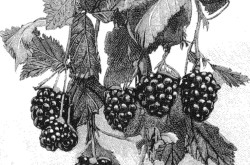
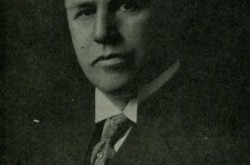
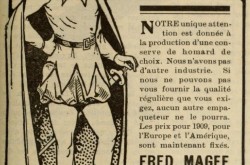
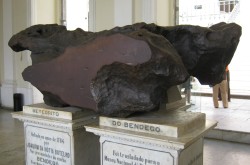
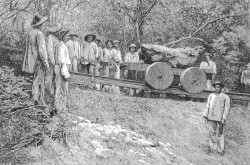
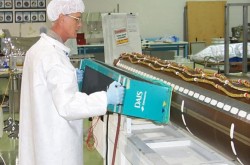

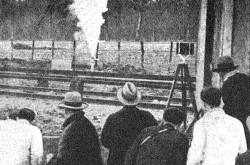
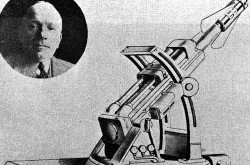
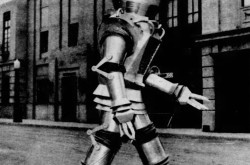

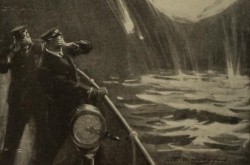
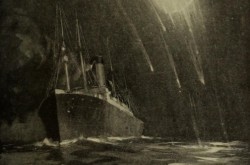
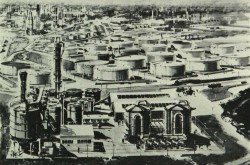

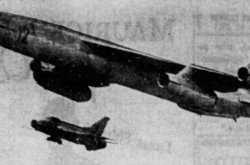
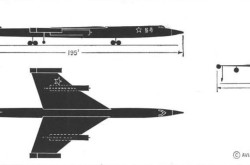
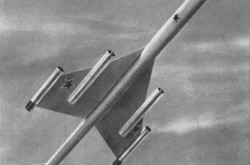
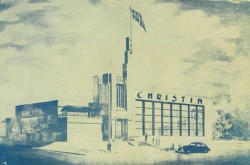
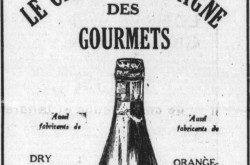
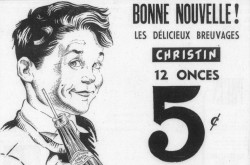
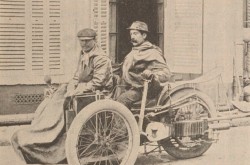
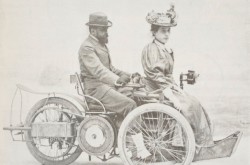
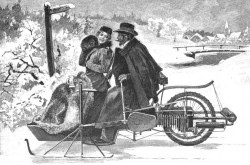


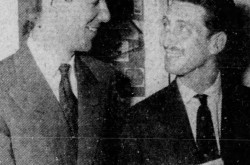
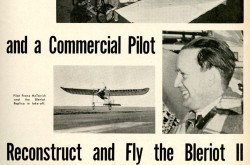
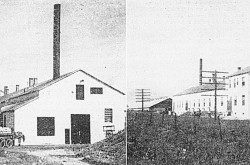
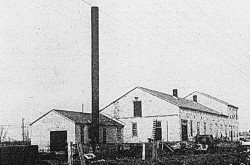



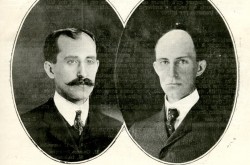

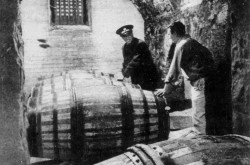
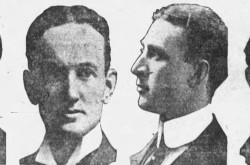
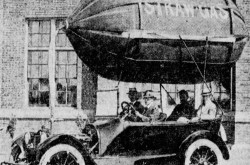
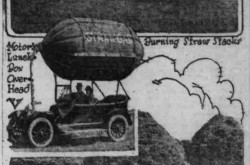
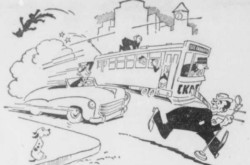

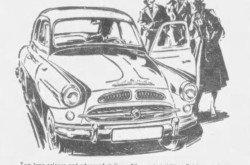
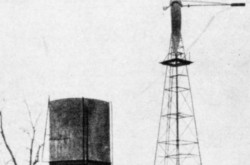
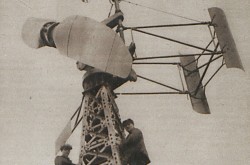
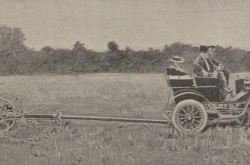

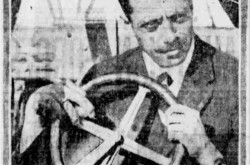
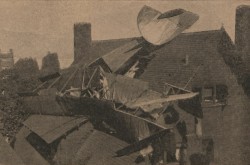
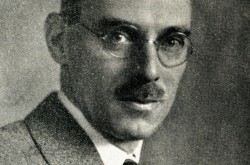
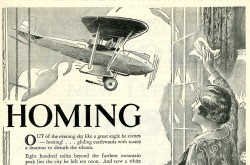
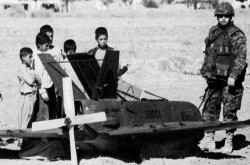
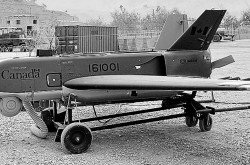
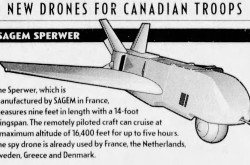
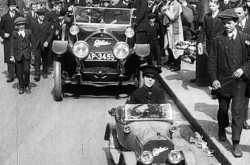
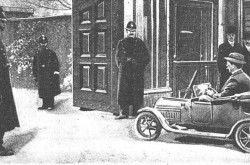
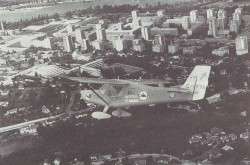
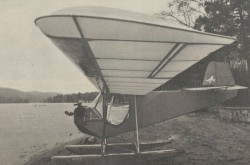

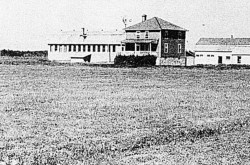
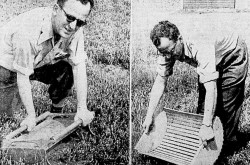
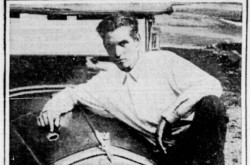
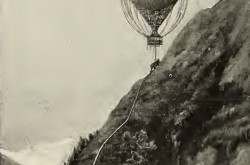
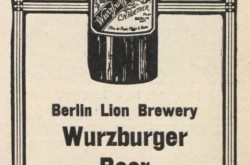

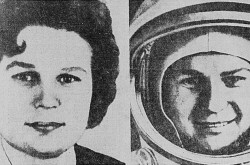
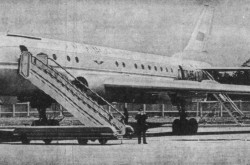
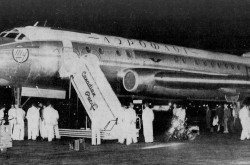
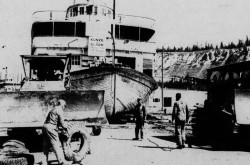
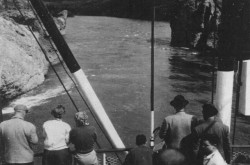
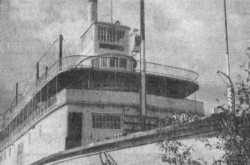
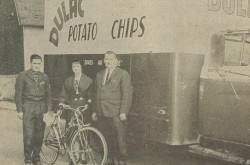
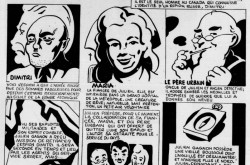
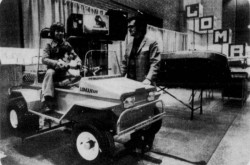
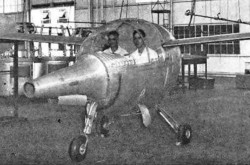
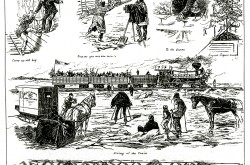
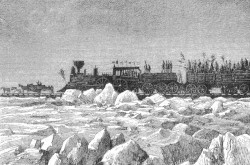
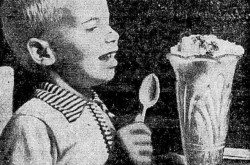
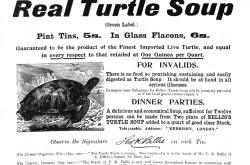
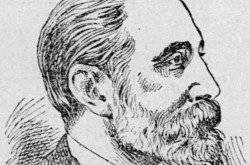
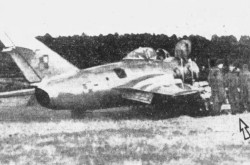
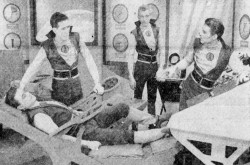
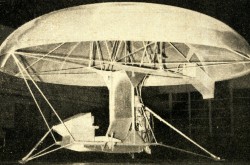
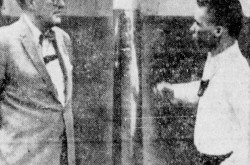
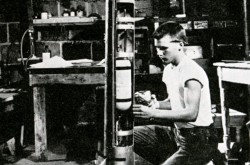
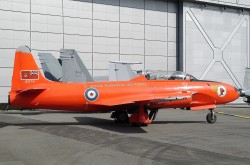
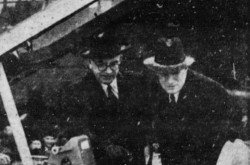
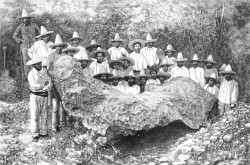
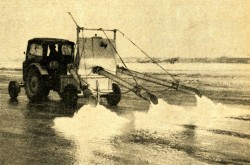
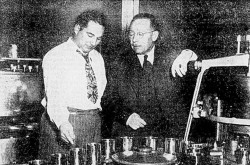
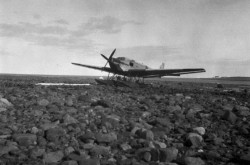
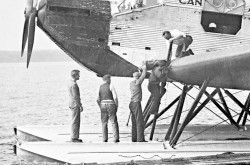
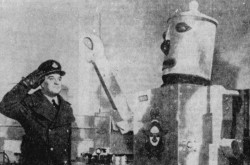
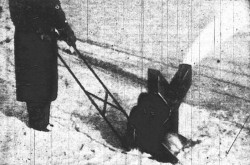
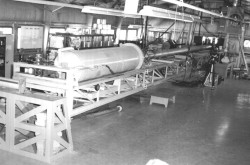
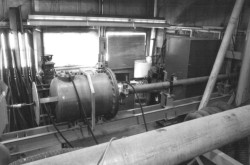
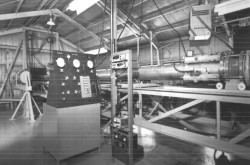
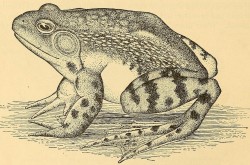
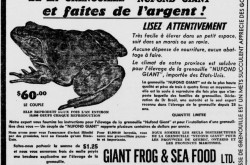
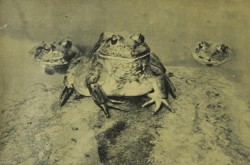
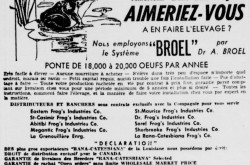
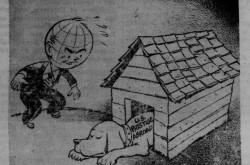
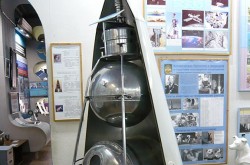
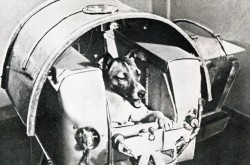
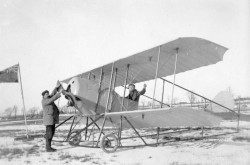
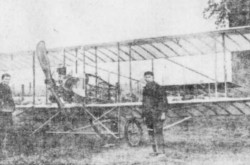
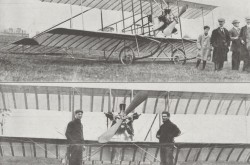
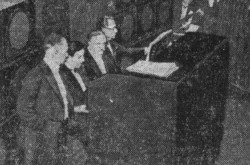
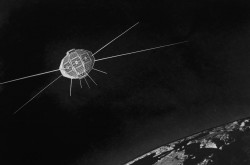
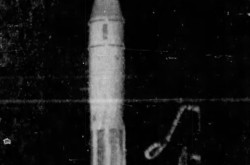
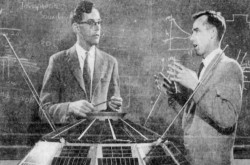
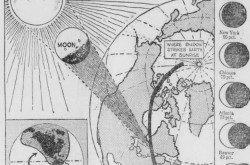



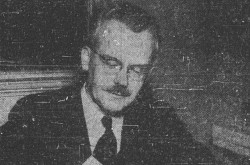
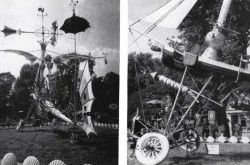
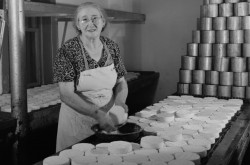
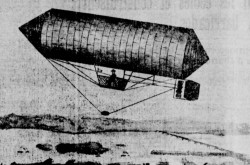
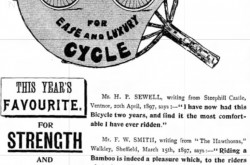
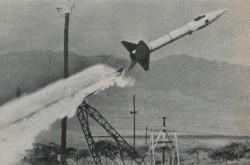
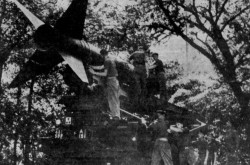
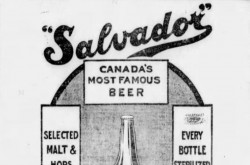

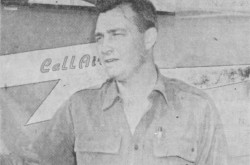
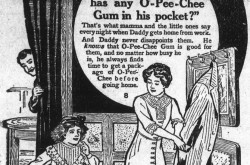
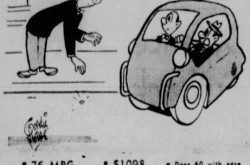
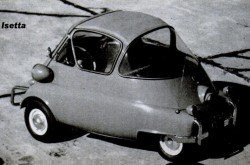
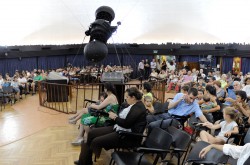
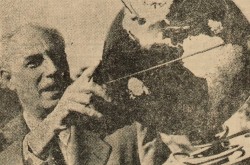
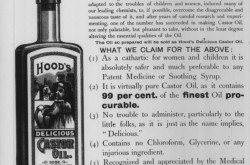
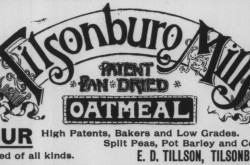
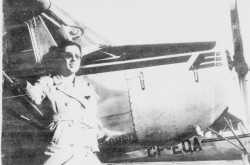
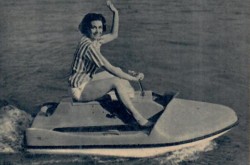

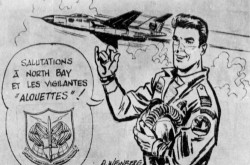
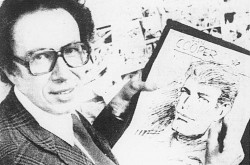
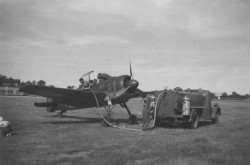

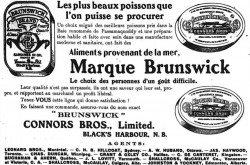


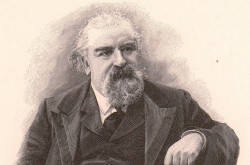
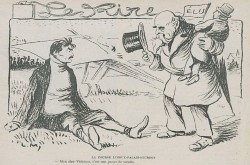
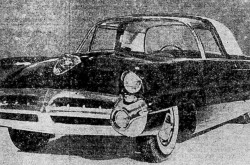
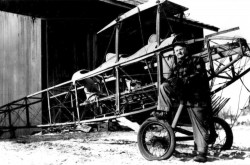

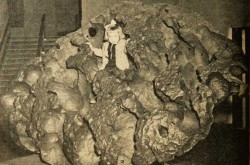
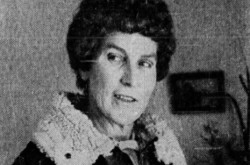
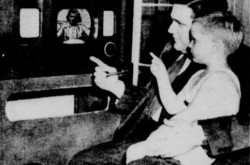
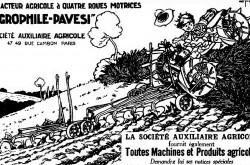
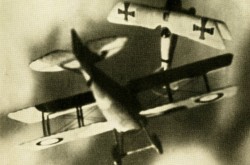
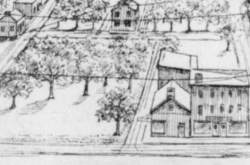
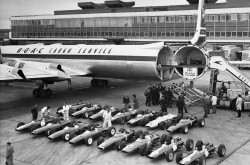
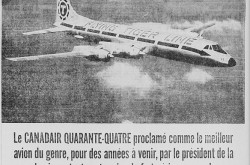
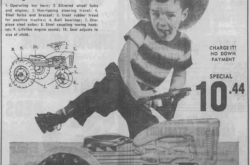
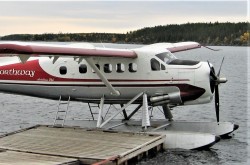
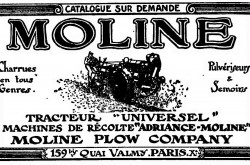
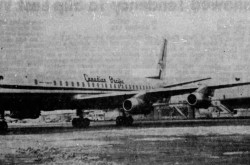
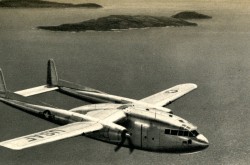
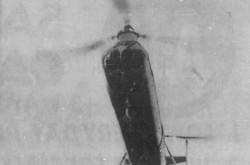

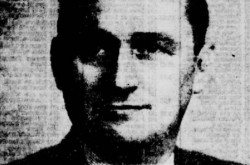
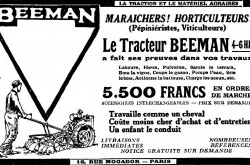
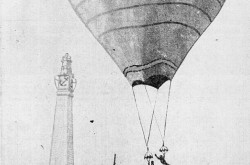

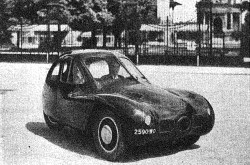
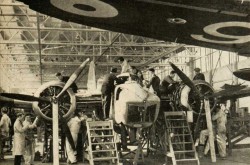
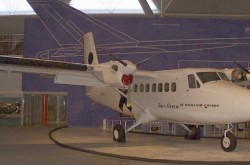
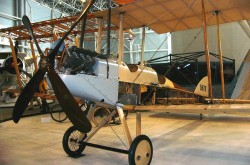
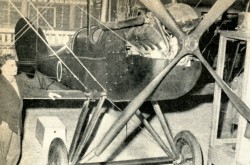

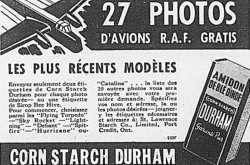

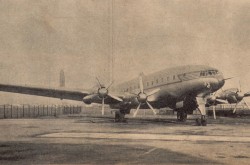
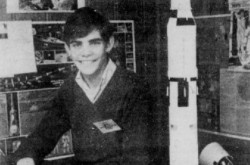
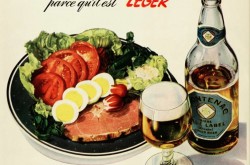
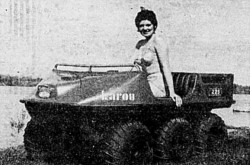
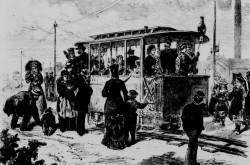
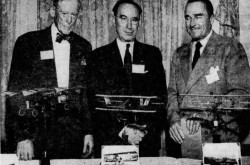
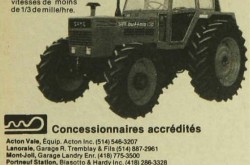
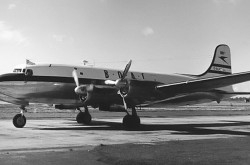
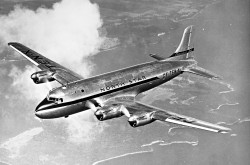
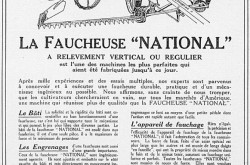
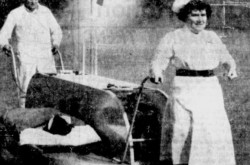
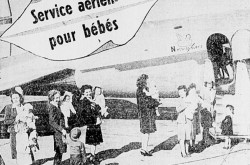
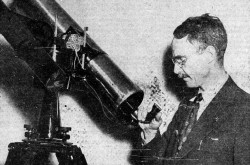
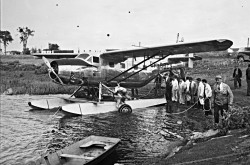
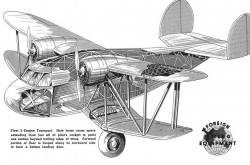
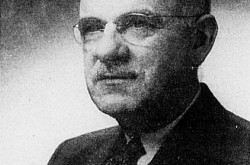
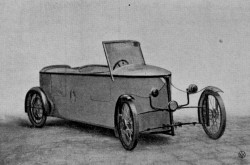
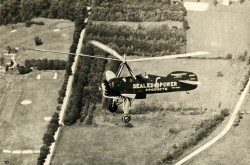
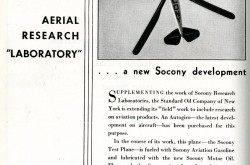
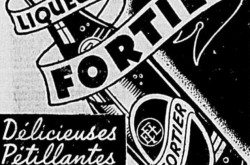
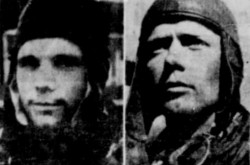
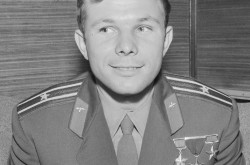
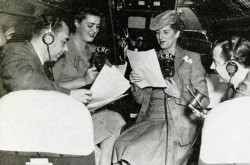
![Peter Müller at the controls [sic] of the Pedroplan, Berlin, Germany, March 1931. Anon., “Cologne contre Marseille – Le mystère du ‘Pédroplan.’ [sic]” Les Ailes, 2 April 1931, 14.](/sites/default/files/styles/thumbnail_7/public/2021-04/Les%20Ailes%202%20avril%201931%20version%20big.jpg?h=eafd0ed4&itok=WnBZ5gMf)
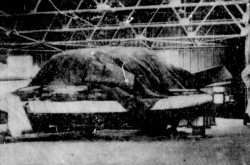
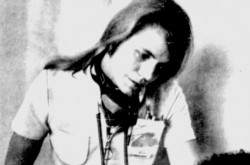
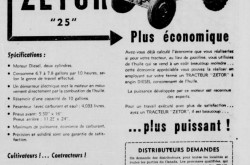
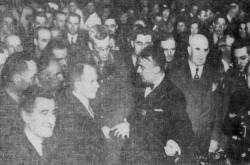
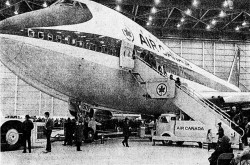
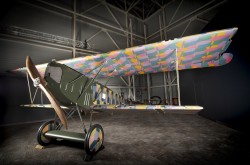
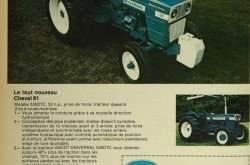
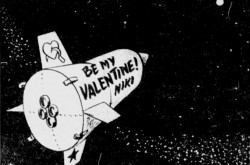
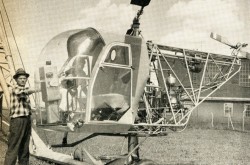

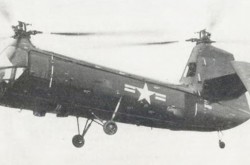
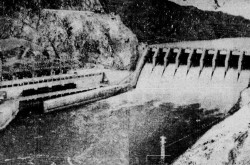
![One of the first de Havilland Canada Chipmunk imported to the United Kingdom. Anon., “De Havilland [Canada] DHC-1 ‘Chipmunk.’” Aviation Magazine, 1 January 1951, cover.](/sites/default/files/styles/thumbnail_7/public/2021-01/Aviation%20magazine%201er%20janvier%201951%20version%202.jpg?h=2f876e0f&itok=DM4JHe5C)
